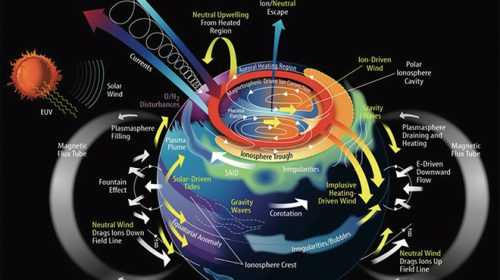A spherical satellite measuring 22 inches across was recently released from the International Space Station (ISS) to be used as a test bed for a future space surveillance network, according to the U.S. Naval Research Laboratory.
Tiny satellite could be part of future surveillance network
A spherical satellite measuring 22 inches across was recently released from the International Space Station (ISS) to be used as a test bed for a future space surveillance network, according to the U.S. Naval Research Laboratory.
SpinSat was released using a robotic arm within the station’s Kibo module.
One of SpinSat’s prime objectives will be to test micro-thrusters to stabilize the satellite’s position, according to NASA.
SpinSat will be used to calibrate targets for surveillance. The military has interest in SpinSat’s ability to track the orbits and spin of spacecraft and catalog them.
“It’s a good calibration object for them to say, ‘Okay, we know this thing’s going by. Can we do maneuver detection, can we do change detection, how small of a rotation can we see, how small of a shift in the orbit can we see?'” said Andy Nicholas, the project’s primary investigator.
If successful, the International Laser Ranging Service will monitor SpinSat movements.
SpinSat is fitted with a series of retro reflectors that will reflect light and trigger a ground station laser targeting to triangulate the satellite’s position.
“They know the laser light’s moving at the speed of light,” said Nicholas. “They know where they were pointing the laser, and from that get very accurate orbit positions — down to the millimeter level,” he added.





